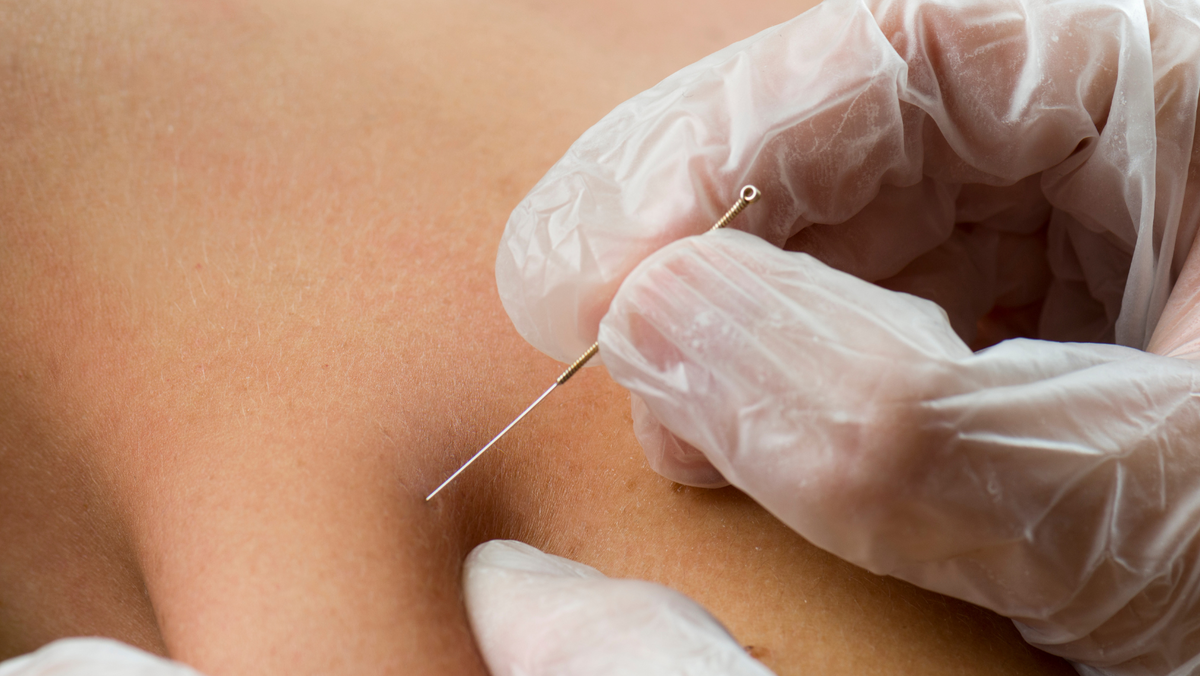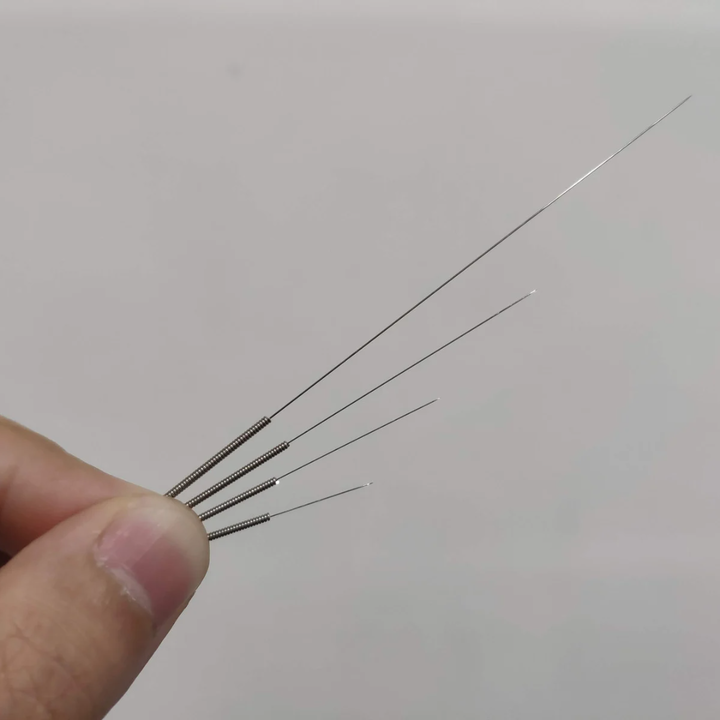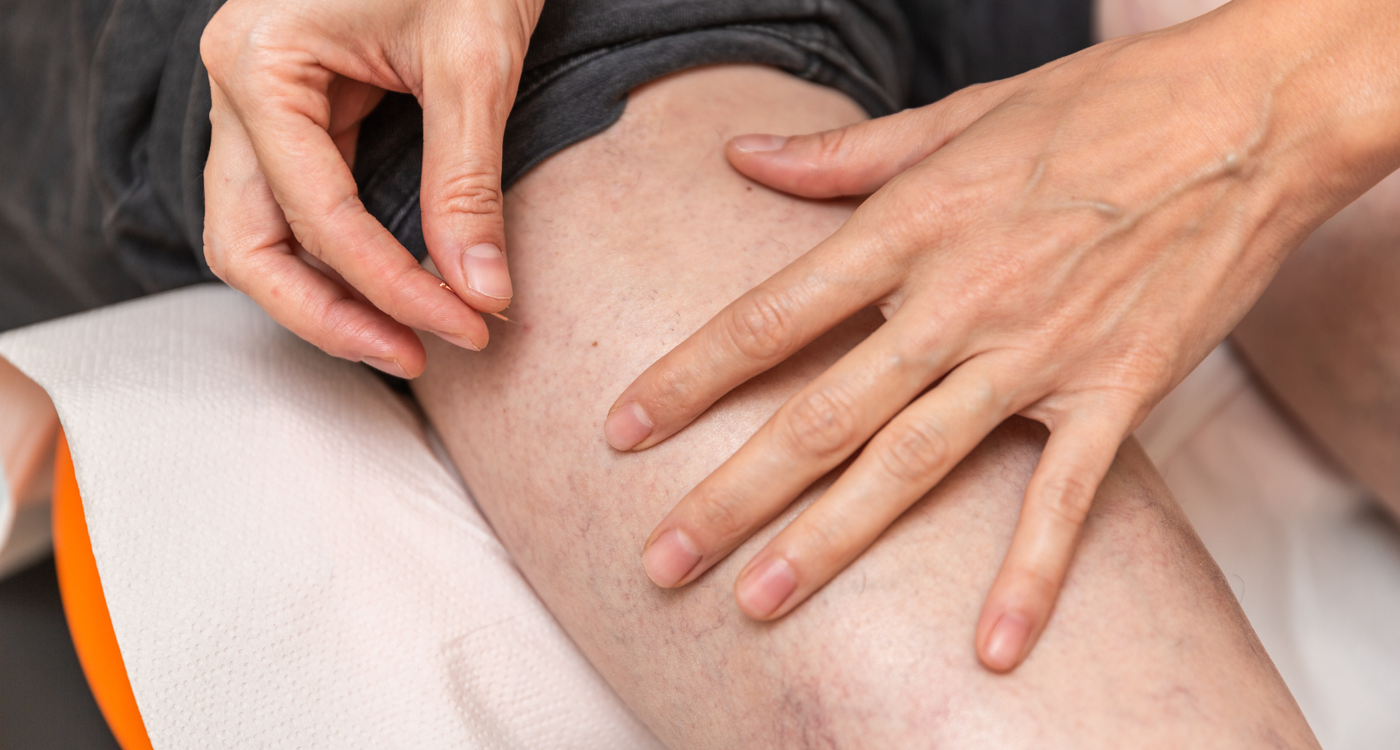Dry Needling vs Acupuncture - What is the Difference?


When suggesting treatment with dry needling, patients are often confused by the difference between dry needling techniques used by Physiotherapists and Acupuncture, as it is traditionally used in Eastern Medicine. Let's dive in to what makes these two techniques different.
Traditional Acupuncture
Traditional Acupuncture utilises meridians (energetic pathways) or other traditional points based on a Traditional Chinese Medicine approach. This approach includes diagnosis and clinical reasoning using various Chinese medicine assessment methods. Acupuncture is a way to unclog the meridians. Acupuncture joints, herbal formulas, exercise, and proper dietary habits all work together to keep the body aligned and functioning properly.

Dry Needling
Dry needling is a sub-type of acupuncture. Dry needling involves needling to altered or dysfunctional muscle tissues to improve or restore function. This may include needling of myofascial trigger points or what most people know as knots. The needle stimulates superficial and deep nerve fibres and releases several different chemicals that can assist in pain relief and recovery. This can temporarily reduce pain and increases blood flow to the area to promote healing and improve joint movement.
The Benefits of Dry Needling
Acupuncture and dry needling use the same type of needle and follow many similar points, but the theory and clinical reasoning behind the needle placement are different. Physiotherapists practice dry needling as it involves the insertion of a needle into soft tissues with the aim of decreasing myofascial tension and improving musculoskeletal function. In lay language, a needle can be inserted to do the same job instead of digging fingers into the sore parts.
Dry needling, in general, can be used to treat muscle/joint dysfunction, delayed onset muscle soreness (DOMS), tendon issues, acute sprains and even degenerate joint disease.
Dry needling is helpful when treating a large area of muscle tension. In addition, patients who are sensitive to touch when in acute pain often find dry needling extremely effective, as their tightness can be released with minimal hands-on therapy.
The use of dry needling by physiotherapists has progressively grown over the past decade or two coinciding with an increasing swell in the evidence base to support using the various needling therapies utilised by Australian Physiotherapists.
